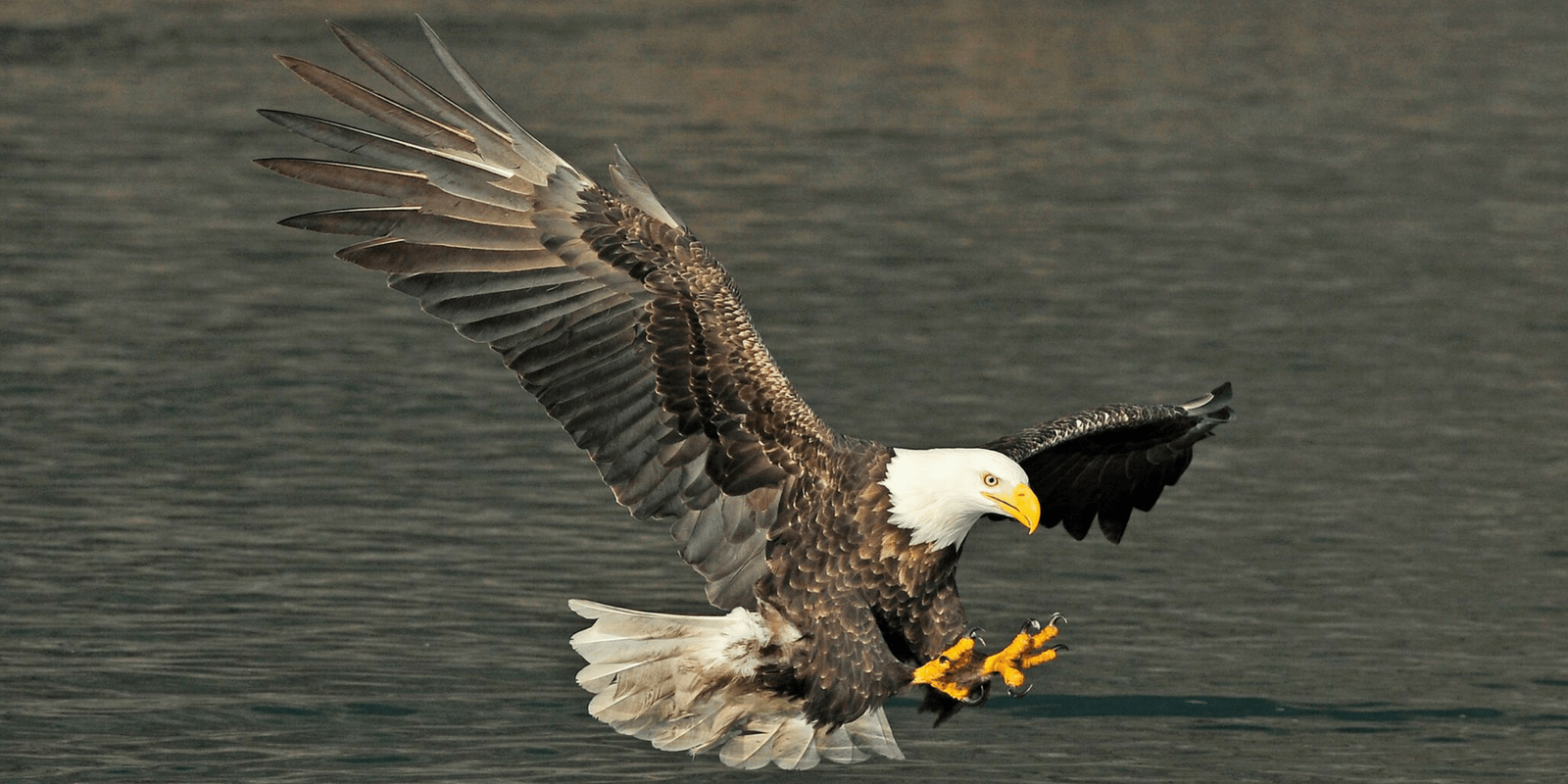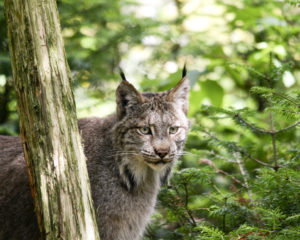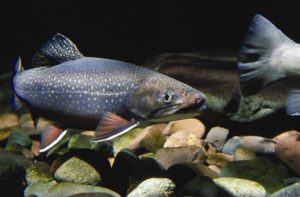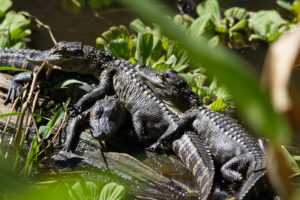We have much more to do and your continued support is needed now more than ever.
4 Success Stories to Celebrate on July 4th

America has a proud history of stepping up when our beloved and iconic species need our help. Right now, however, up to a third of our wildlife species are at increased risk of extinction. Habitat loss and degradation, invasive species, disease, and pollution all pose threats to our wildlife—threats that are being amplified by a rapidly changing climate. Although severe, these declines can be halted—and even reversed. A growing body of research demonstrates that investing in conservation can make a difference. The Reversing America’s Wildlife Crisis report, produced jointly by National Wildlife Federation, American Fisheries Society, and The Wildlife Society, highlights the conservation successes made possible by State Wildlife Action Plans, and calls for a dramatic increase in wildlife funding—particularly through the Recovering America’s Wildlife Act—to reverse this crisis and secure the future of our fish and wildlife heritage.
This 4th of July, let’s celebrate four incredible success stories that highlight species we’ve brought back from the brink of extinction—and a glimpse of what’s possible when we band together in support of wildlife.
Bald Eagle
The bald eagle may be considered the most ubiquitous example of a species success story and paints an inspiring picture of human potential. In the 1950s and ’60s, Americans recognized that the pesticide DDT was devastating eagle populations and acted to ban its use. This, combined with Endangered Species Act habitat protection and public concern, has allowed eagles to once again fly freely from sea to shining sea. Today, the eagle remains a symbol of success and a warning of what we could lose if we neglect species in need.
Canada Lynx
In the 19th century, commercial trapping put heavy pressure on the Canada lynx. Now, the cat’s survival in the U.S. is primarily jeopardized by habitat destruction and fragmentation.
Most suitable lynx habitat in the West is on public land. Some timber practices can remove the mature forest that the lynx needs for denning and rearing young. These activities can also disrupt lynx travel patterns, as the cats prefer tree cover. Roads threaten the lynx by fragmenting its habitat, isolating lynx populations, and exposing them to predators.

Collectively known as the Staying Connected Initiative, National Wildlife Federation and its partners are working to conserve key linkage areas that are critical for lynx, bobcat, bear, moose, and other far-ranging mammals to migrate as their habitats change in response to climate change. By maintaining existing links in the landscape and preventing further habitat fragmentation within the linkage areas, NWF is working to ensure that wildlife have the ability to move where, when, and as far as needed.
Earlier this year the U.S. Fish and Wildlife Service completed a scientific review of the Canada lynx in the contiguous United States. The review concludes that the Canada lynx may no longer warrant protection under the Endangered Species Act and should be considered for delisting due to recovery. This recommendation is the result of an extensive review of the best available scientific information and almost 20 years of working in partnership with state, federal, tribal, industry and other land managers on the conservation of this species.
Eastern Brook Trout

Over the last 100 years, Eastern brook trout have experienced extensive declines due to overharvesting, sedimentation, acid rain, exotic species introductions, and climate change. However, as interest in native species conservation increased, so did our efforts to restore this polka-dotted fish. Tactics that have been used to restore brook trout populations and ensure anglers across the country get to enjoy this species for generations to come include: re-introduction, catch-and-release fishing regulations, stream channel reconfiguration, re-vegetation and fencing, acid remediation, removal of dispersal barriers, and removal of exotic species.
American Alligator
American alligator populations reached all-time lows in the 1950s, primarily due to market-hunting and habitat loss. It was placed on the endangered species list in 1967 and in 1987 the alligator was pronounced fully recovered, making it one of the first endangered species success stories.

The American alligator is an important keystone species of the Southeast. Alligators use their tails to dig burrows in mud for nesting and to keep warm. When an alligator abandons a burrow, the hole left behind fills with freshwater and is utilized by other species for breeding and drinking. If alligators are removed from their native ecosystem, it would affect countless other species.
How you can help
For all these inspiring success stories there are many more species that didn’t make it: the passenger pigeon, the sea mink, the dusky seaside sparrow, and over 150 more, are species we will never again see in the wild. Animals like swift foxes, northern leopard frogs, cerulean warblers and other migratory songbirds are all declining at alarming rates and if we don’t act soon we risk losing them forever.
Now more than ever, we need to invest in conservation. Help us by urging your members of Congress to support the Recovering America’s Wildlife Act before we are forced to add any more names to the endangered species list.
Tell your representative to cosponsor the Recovering America’s Wildlife today!
Act Now





















